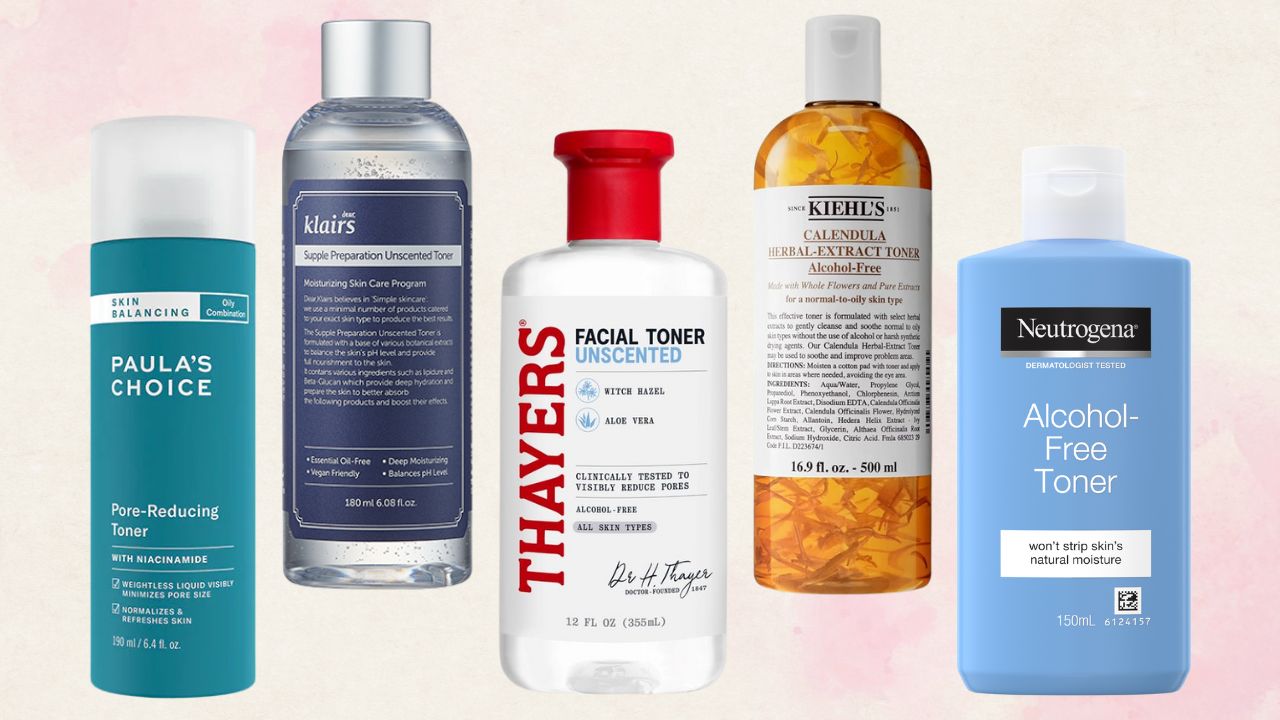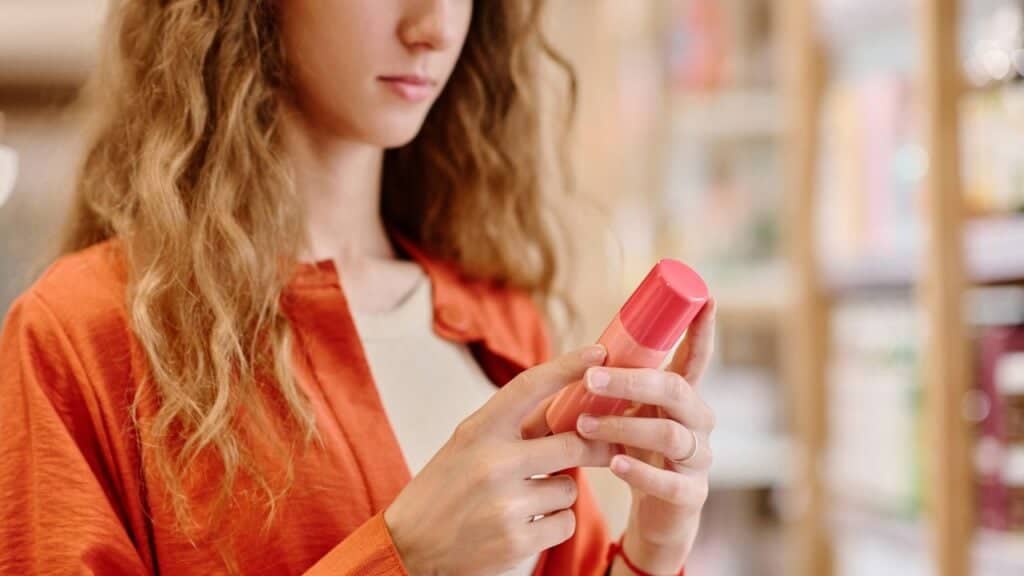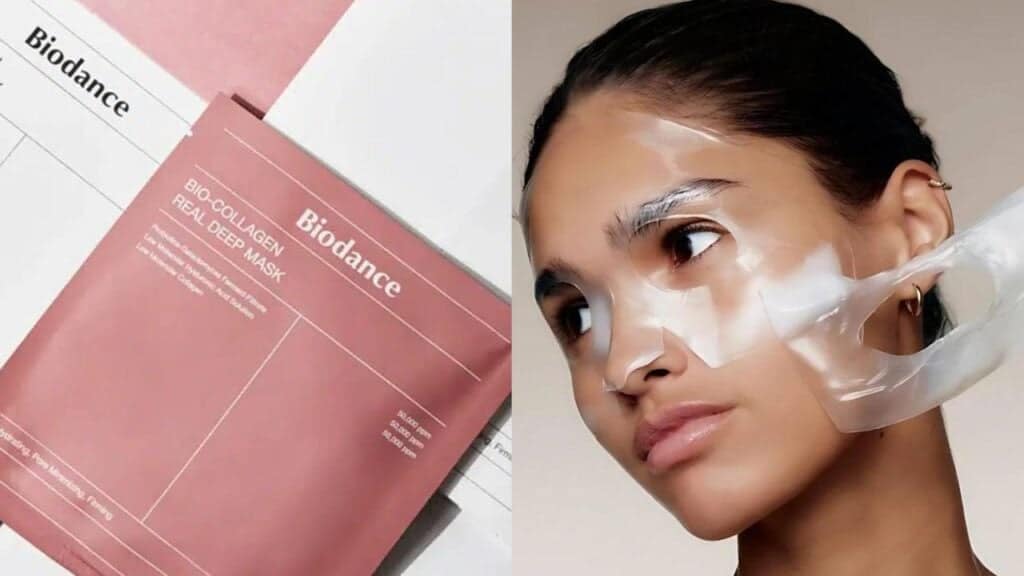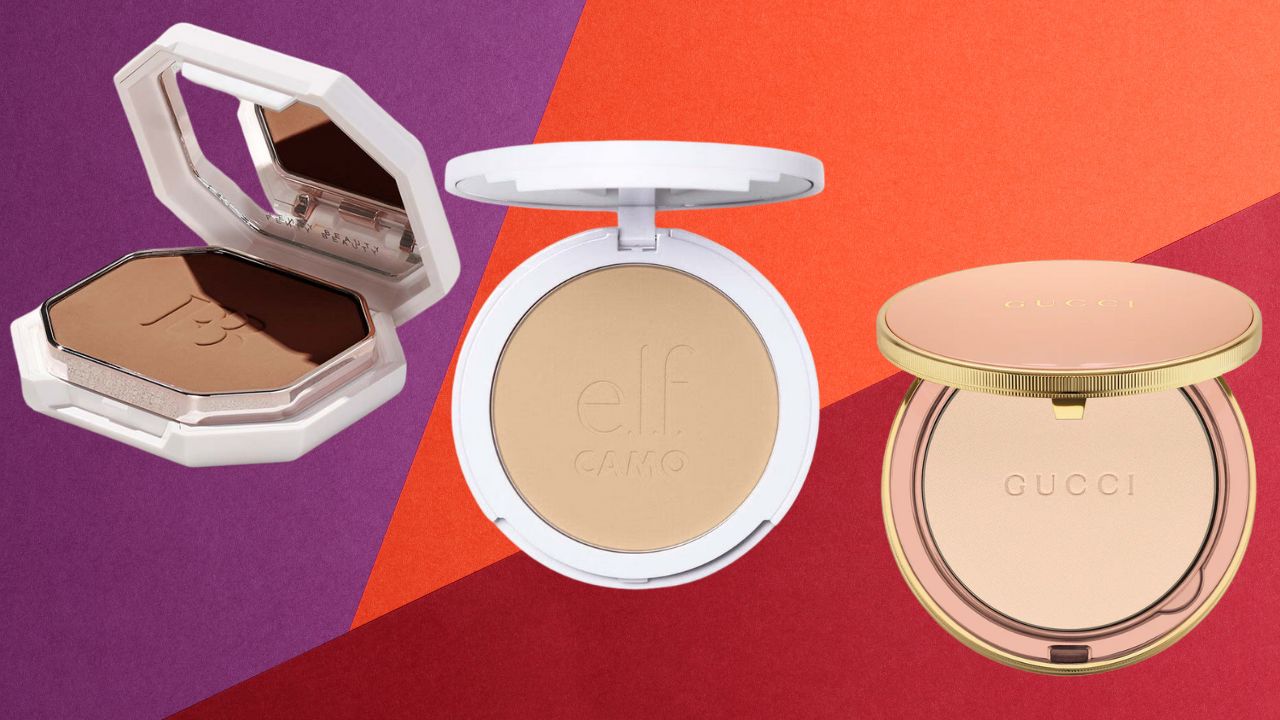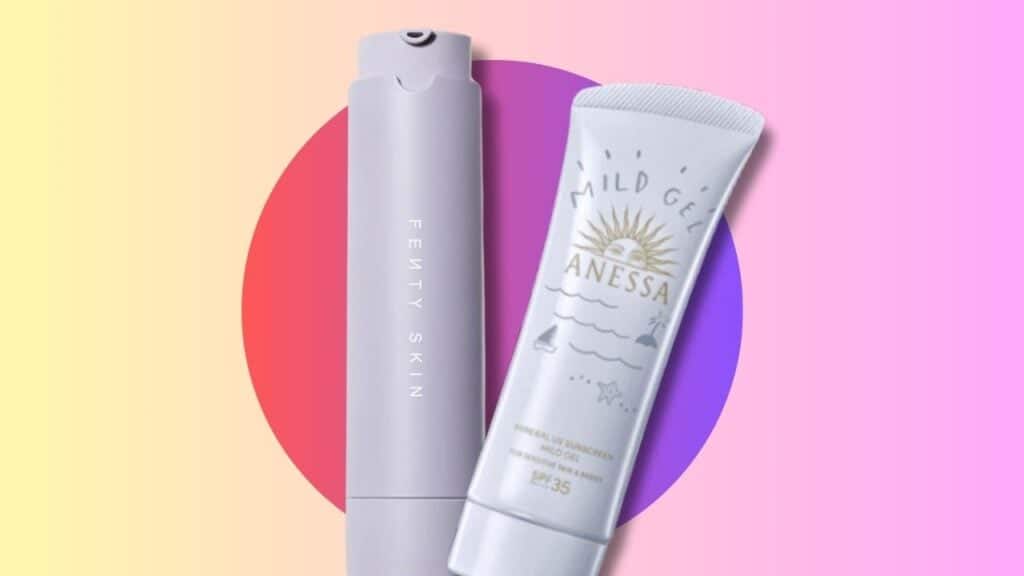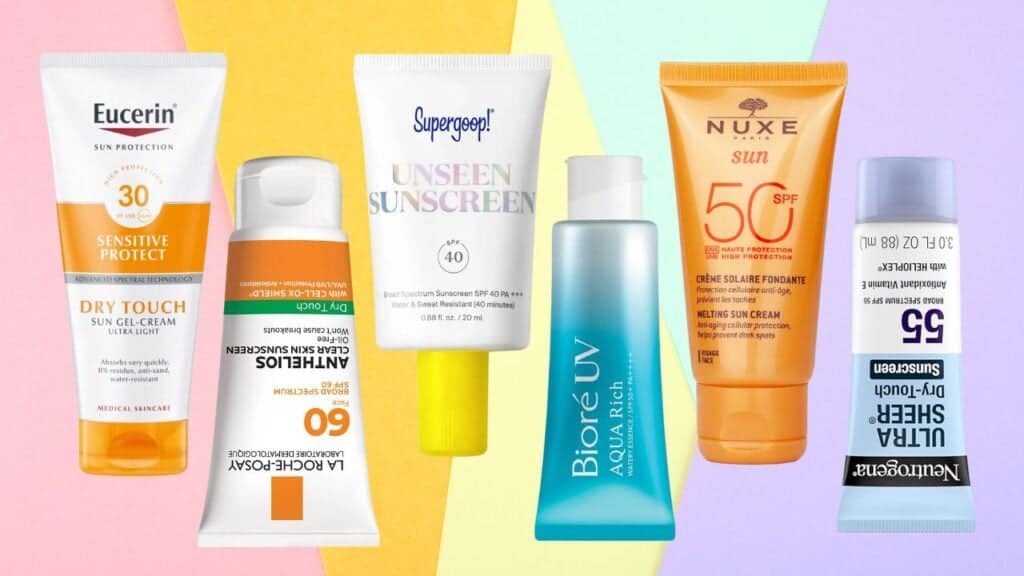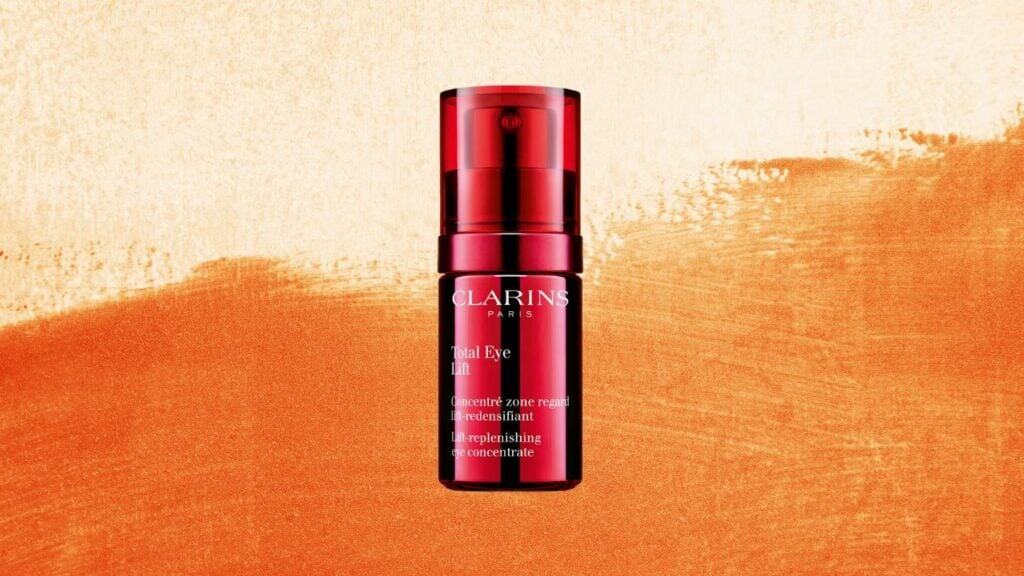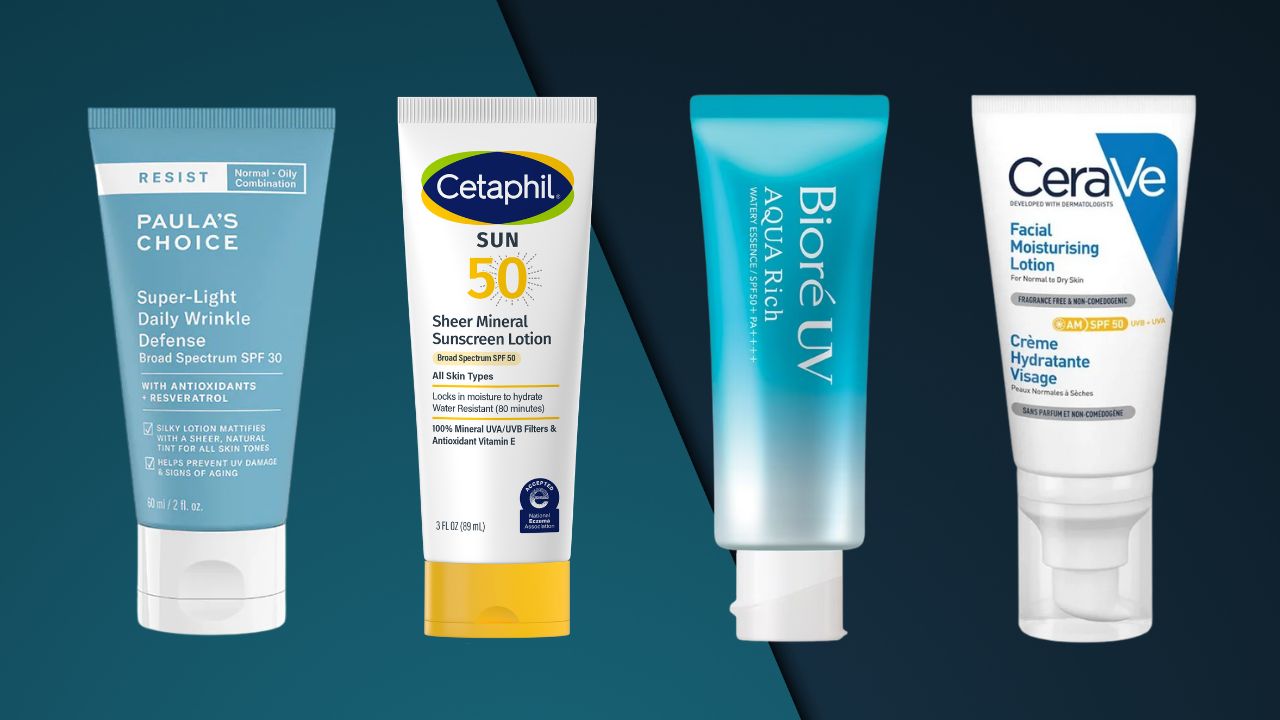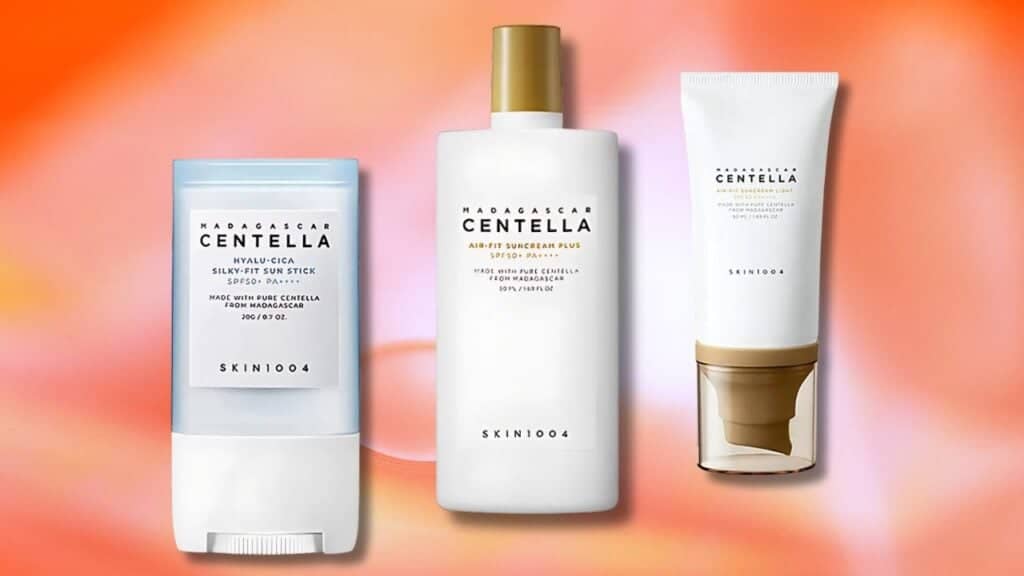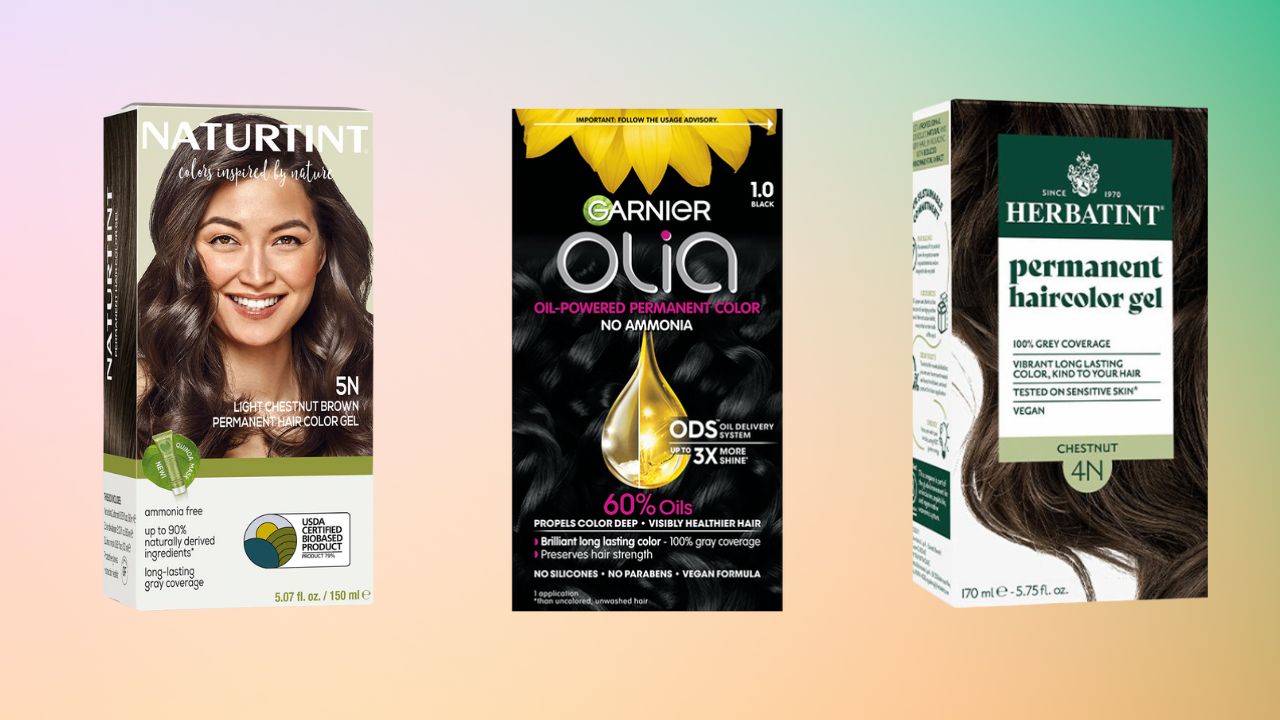Blog
Home / Perfume Stories / Uh Oh, Spilled Your Scent? Here’s How to Remove Perfume Stains Like a Pro!
Categories
Recent Posts
- Top 10 Best Toners for Combination Skin in 2025: Tested and Reviewed
- Does Sunscreen Expire? Here’s What You Need to Know for Optimal Protection!
- The K-Beauty Game Changer: Is the Viral Biodance Bio-Collagen Real Deep Mask Worth the Hype?
- 10 Best Powder Foundations for Oily Skin: Shine-Free, Smooth & Stunning Picks (2025)
- Should You Wear Sunscreen Every Day, Even in Winter or Indoors? Science Says YES!
Uh Oh, Spilled Your Scent? Here’s How to Remove Perfume Stains Like a Pro!
0
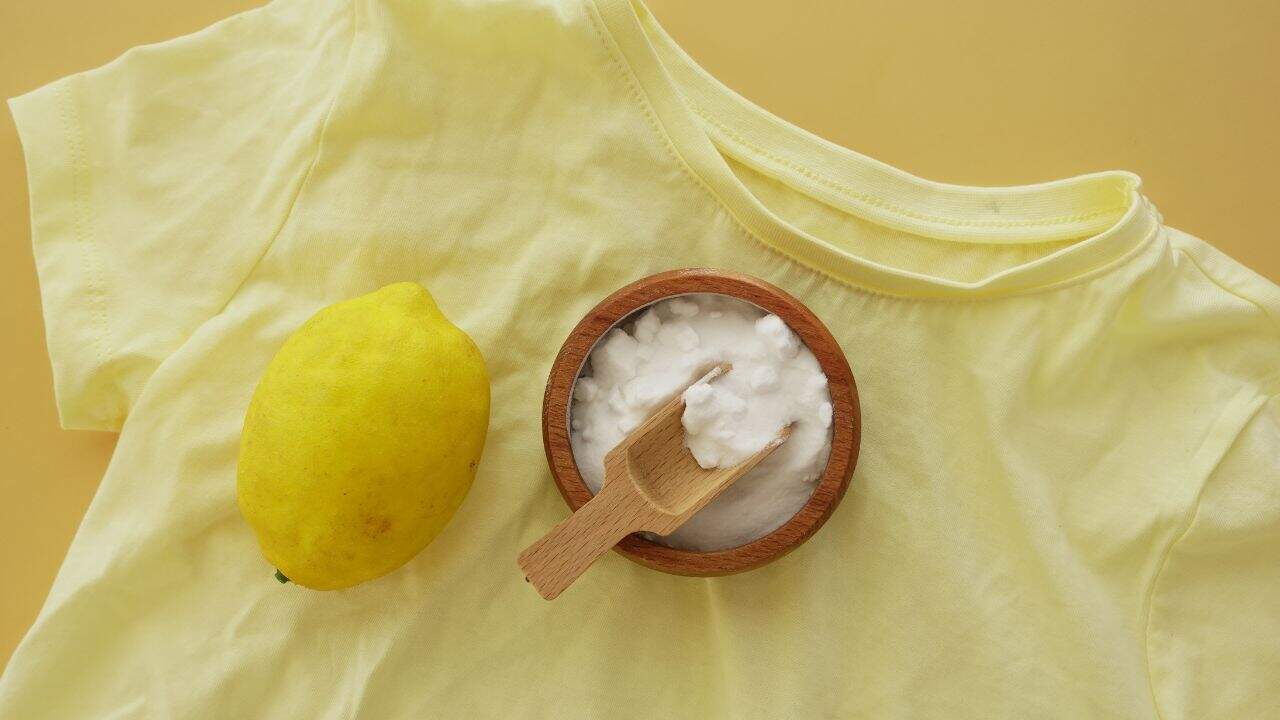
Hey there, fellow fragrance enthusiasts! Ready to tackle a wardrobe woe we’ve all faced: that dreaded perfume stain. You just spritzed your favorite scent, feeling fabulous, only to look down and see… a mark. Ugh!
Whether it’s a dark spot on your crisp white shirt, an oily residue on a delicate blouse, or a faded discoloration on that perfect fabric, perfume stains are real mood-killers. But don’t fret, my stylish friends! With years of experience navigating the ins and outs of scent and fabric, this guide provides the ultimate solutions on how to remove perfume stains effectively. No more tossing out beloved garments!
The Stain Story: Why Do Perfumes Leave Marks?
Before we dive into the clean-up, let’s understand the culprit. Perfumes are much more than just pretty smells. They’re complex mixtures, typically made of:
- Fragrance Oils: These are the concentrated aromatic compounds that give the perfume its unique scent. Many are oils, and like any oil, they can leave a greasy residue.
- Alcohol: The carrier for the oils, helping the scent disperse and evaporate quickly. While alcohol usually evaporates cleanly, it can sometimes react with certain dyes or finishes on fabrics, leading to watermarks or discoloration.
- Dyes/Colorants: Some perfumes (especially those with deeper amber or blue hues) contain added color. If these dyes aren’t stable, they can transfer directly to fabric.
Combine these elements, and you’ve got a recipe for potential fabric woes. But fear not, most perfume stains are totally treatable!
Before You Begin: The Golden Rules of Stain Removal
Listen up, because these steps are crucial to avoid making things worse!
- Act Fast! The quicker you tackle a fresh perfume stain, the higher your chances of complete removal. Don’t let it set.
- Blot, Don’t Rub! Rubbing a fresh stain just pushes the perfume deeper into the fabric fibers, making it harder to get out. Always blot gently with a clean cloth.
- Test, Test, Test! Before applying any cleaner to the stain, always test it on a small, hidden area of the garment (like an inside seam). This prevents accidental damage or discoloration to your cherished item.
- Read the Label: Always check your garment’s care label for specific washing instructions. Delicate fabrics like silk or rayon might need different approaches than sturdy cotton.
- Never Heat a Stain! High heat (from a dryer or hot water) can permanently set a perfume stain, especially if it’s oil-based. Avoid heat until you’re sure the stain is gone.
How to Remove Perfume Stains: Your Step-by-Step Guide
Ready to get that fabric spotless? Let’s tackle those perfume marks!
Method 1: For Fresh & Oily Stains (The Power of Absorption)
This method is ideal for fresh, greasy-looking spots left by perfume oils. Think of it as a magic trick where the stain disappears!
- Blot Excess: Gently blot the fresh stain with a clean, dry paper towel to soak up any excess liquid.
- Sprinkle with Absorbent: Generously sprinkle a white absorbent powder directly onto the stain. Your best bets are:
- Cornstarch
- Baking soda
- Talcum powder (unscented)
- Let It Sit: Allow the powder to sit on the stain for at least 30 minutes, or even a few hours for a tougher mark. The powder will absorb the oil.
- Brush Off: Gently brush off the powder using a soft brush or your fingers. You should see the powder has absorbed the color or greasiness.
- Pre-Treat: Apply a dab of liquid laundry detergent (the kind used for grease stains) directly onto the remaining mark. Gently work it in with your fingers or a soft brush.
- Wash as Usual: Wash the garment according to its care label, using the hottest water safe for the fabric.
- Air Dry: Crucially, let the garment air dry completely. Do not put it in the dryer until you’re absolutely sure the stain is gone. If the stain remains, repeat the process.
Method 2: For Set Stains & Discoloration (The White Vinegar & Glycerin Combo)
This method is fantastic for older stains, discoloration on white clothes, or marks that seem to have “set” into the fabric.

- Prep the Stain: If it’s an oily residue, lightly blot again.
- Apply Glycerin: For oil-based stains, dab a tiny amount of pure glycerin onto the stain. Glycerin is a humectant (draws moisture) and can help loosen oily bonds. Let it sit for 15-30 minutes.
- Vinegar Soak: Mix equal parts white vinegar and water. Dampen a clean cloth with this solution and gently dab the stain. For very stubborn marks, you can create a small “soak” with this solution in a bowl and immerse just the stained area for about 30 minutes.
- Rinse & Pre-Treat: Rinse the area with cool water. Then, apply liquid laundry detergent directly to the stain and gently work it in.
- Wash as Usual: Wash the garment according to its care instructions.
- Air Dry: Always air dry first to confirm the stain is gone.
Method 3: For White Clothes & Stubborn Marks (Hydrogen Peroxide Power)
For white or very light-colored fabrics, hydrogen peroxide can be a true lifesaver. Always test this method on a hidden spot first, as it can lighten colors!
- Pre-Treat: Apply a small amount of liquid laundry detergent directly to the stain.
- Apply Hydrogen Peroxide: For fresh or very light stains, dab a 3% hydrogen peroxide solution directly onto the stain. For tougher marks, you can mix equal parts hydrogen peroxide and water.
- Let It Work: Allow it to sit for 10-15 minutes.
- Rinse & Wash: Rinse the area thoroughly with cool water, then wash the garment as usual.
- Air Dry: Air dry to confirm stain removal before machine drying.
Important Note for Delicate Fabrics (Silk, Rayon, Wool)
For delicate items, proceed with extreme caution. Avoid harsh rubbing or strong chemicals.

- Dry Cleaning: Often, the safest bet for silk, wool, or rayon is to take the item to a professional dry cleaner. Point out the stain specifically.
- Gentle Spot Treatment: If you must try at home, stick to the absorption method (cornstarch/baking soda) first. For liquid pre-treatment, use a very mild soap (like baby shampoo) diluted in water, gently dabbing. Avoid vinegar or hydrogen peroxide on delicate silks and wools as they can damage the fibers or dyes.
People Also Ask: Your Burning Stain Questions!
How to remove perfume oil stains from clothes?
Focus on absorption! Use cornstarch or baking soda first to draw out the oil, then pre-treat with a heavy-duty liquid laundry detergent before washing.
How to remove perfume stains from white clothes?
For white clothes, follow the absorption method first. If discoloration remains, a diluted white vinegar solution or careful application of 3% hydrogen peroxide (always test first!) can be very effective.
How to remove perfume stains from fabric?
The best method depends on the fabric type and the age of the stain. For fresh stains, start with absorbent powders. For set stains or discoloration, move to white vinegar or specialized stain removers. Always check the care label!
Don’t Let Stains Stop Your Scent Story!
If you’ve ever hesitated to spray your favorite fragrance for fear of a dreaded mark, consider this your green light. With these tried-and-true methods on how to remove perfume stains, you can wear your scents with confidence and keep your wardrobe looking pristine.
Ready to try a new scent without the worry? Explore our latest arrivals – all designed for captivating wear. Because the only thing lingering should be your exquisite fragrance, not its stain!
Related posts
Top 10 Best Toners for Combination Skin in 2025: Tested and Reviewed
A good toner for combination skin does more than just refresh—it regulates oil production in greasy areas while delivering hydration to dry patches, minimizes the appearance of pores without over-drying, balances your skin's pH after cleansing, and prepares your complexion to absorb serums and moisturizers more effectively. The right combination skin toner acts as a sophisticated problem-solver that addresses multiple concerns simultaneously without compromising either zone.
Does Sunscreen Expire? Here’s What You Need to Know for Optimal Protection!
You’re getting ready for a fun beach day, digging through last summer’s bag, and there it is—a half-used bottle of familiar sunscreen. It looks okay. It smells fine. But then you wonder… does sunscreen actually go bad? The quick answer? Yes, it does. And using old sunscreen is like wearing sunglasses with a big crack—it…
The K-Beauty Game Changer: Is the Viral Biodance Bio-Collagen Real Deep Mask Worth the Hype?
Okay, beauty lovers, let’s talk about something that’s taken the skincare internet by storm. You’ve seen the videos, you’ve scrolled past the jaw-dropping transformations: the Biodance Bio-Collagen Real Deep Mask. This isn’t just another sheet mask; it’s a Korean collagen mask that promises to melt into your skin, leaving it plump, dewy, and practically poreless….
10 Best Powder Foundations for Oily Skin: Shine-Free, Smooth & Stunning Picks (2025)
If you've ever dealt with the struggle of makeup sliding off your face by lunchtime, looking greasy in photos, or requiring constant touch-ups throughout the day, it's time to make the switch. Powder foundations for oily skin are formulated specifically to combat shine, control oil production, and provide long-lasting coverage that stays put from morning meetings to evening events. Whether you want barely-there natural coverage or full glam that photographs beautifully, there's a mattifying powder foundation out there waiting to be your holy grail.
Should You Wear Sunscreen Every Day, Even in Winter or Indoors? Science Says YES!
Most people associate sunscreen with sweltering beach days, tropical vacations, and that one time they forgot to reapply and turned into a human lobster. But what if we told you that sunscreen isn’t just a summer essential? That’s right. Wearing SPF daily—even in winter or indoors—isn’t just a skincare trend; it’s a dermatologist-approved non-negotiable. If…
We’ve Tested Over 30 Mineral Sunscreens: These 2 Are the Best – Fenty Hydra Vizor & Shiseido Anessa
If you’ve ever tried mineral sunscreen, you know the struggle. Some feel like cement on your face, others leave you looking like a ghost auditioning for a horror movie, and a few even pill into tiny, annoying flakes the second you apply makeup. After months of slathering, blending, squinting at ingredient lists, and exposing ourselves…
Top 10 Oil-Free, Non-Greasy Sunscreens for Your Face: Say Goodbye to Shine!
Sunscreen is the ultimate skincare non-negotiable—no matter your skin type. But if you have oily, combination, or acne-prone skin, you know the struggle of finding a formula that won’t leave you looking like a glazed donut by noon. Even dry and sensitive skin types often prefer lightweight, non-greasy, breathable formulas that won’t clog pores. So,…
Does Sunscreen Prevent Tanning? Understanding Its Role & How to Tan Safely
You’ve packed your beach bag, grabbed your favorite sunglasses, and slathered on that bottle of SPF everyone insists you need. But as you step into the glorious sun, a nagging question pops up: “If I’m wearing sunscreen, will I still tan? Or am I just wasting my time trying to get a golden glow?“ It’s…
Clarins Total Eye Lift: How to Use It to Brighten & Firm Tired Eyes
Ever glance in the mirror at 7 a.m. and think, “Did I sleep at all?” We’ve all been there—those mornings where our eyes spill our secrets before we can reach for concealer. If your under-eye area looks more “red-eye flight” than “rested glow,” there’s hope. And not just any hope—Clarins Total Eye Lift is that…
Best Facial Sunscreen for Oily, Sensitive, Dry & Combination Skin (2025 Guide)
Finding the best facial sunscreen for your specific skin type is like searching for the perfect pair of jeans—one size definitely doesn't fit all. Whether you have oily, sensitive, dry, or combination skin, the right sunscreen for face can make a world of difference in how your skin looks and feels throughout the day while protecting against harmful UV damage, premature aging, and skin cancer.
We Tested 3 Skin1004’s Madagascar Centella Sunscreens: Here’s Our Full Review
When it comes to sunscreens, the struggle is real—white casts, greasy finishes, irritation, and worst of all, formulas that just don’t do their job! But we’re here to help. We tested three of Skin1004’s best-selling Madagascar Centella sunscreens to find out which one truly deserves a spot in your skincare routine. Whether you prefer a…
10 Best Pregnancy Safe Hair Dyes That Actually Work (2025 Guide)
If you’ve ever stared into the mirror, roots creeping in, and thought, “Is it okay to do this while I’m pregnant?”—you’re not alone. It’s a question almost every beauty-loving mom-to-be asks herself. The short answer? Yes, you can dye your hair while pregnant… but (and it’s a big but) there are a few things you…
Comments


